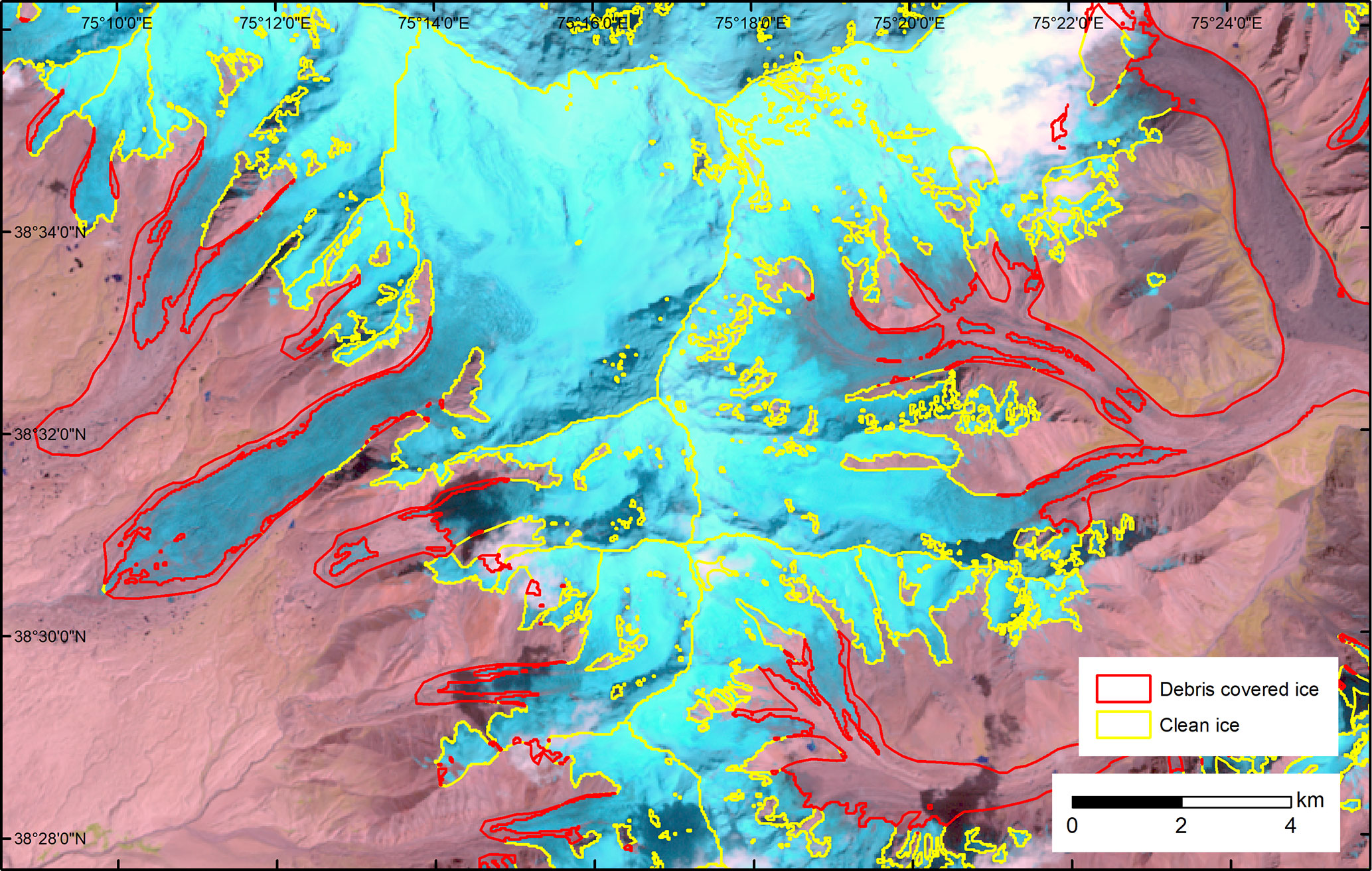


The database was developed according to the need of storing heterogeneous information, which can be retrieved through a set of web search queries. As the amount of data continues to increase, and new techniques become available, there is a growing demand for computer tools that can efficiently manage the collected data.The Research Institute for Geo-hydrological Protection of the National Research Council, in cooperation with the Departments of Computer Science and Earth Sciences of the University of Turin, created a database that provides a modern tool for storing, processing and sharing glaciological data. In Italy, the first official glacier inventory was completed in 1925 and 774 glacial bodies were identified. Glaciers are among the best terrestrial indicators of climate change and thus glacier inventories have attracted a growing, worldwide interest in recent years. arbitrary termination of glacier boundaries at edges of available satellite images. arbitrary termination of glacier boundaries at political boundaries 5. varying analyst interpretations of what exactly constitutes a glacier 4. data submitted with incorrect georegistration 3. data submitted without proper metadata 2. Issues we've dealt with to achieve a high-quality glacier database include: 1. A significant achievement of the GLIMS project is that the database and interfaces to it, as well as the GLIMSView tool, provided to help in the production of GLIMS analyses, are all built from open source software. We present an overview of the current glacier outline inventory, and examine issues related to data coverage, and data quality. As submissions to the database from all over the world increase, we find that we must accommodate a greater diversity in the character and quality of the data submitted than was originally anticipated. The GLIMS Glacier Database now contains outlines of over 58 000 glaciers. Data sent from regional center analysts to the GLIMS team at the national snow and ice data center (NSIDC) in Boulder, Colorado are inserted into a geospatial database. The global land ice measurement from space (GLIMS) project is a cooperative effort of over sixty institutions world-wide with the goal of inventorying a majority of the world's estimated 160000 glaciers.


 0 kommentar(er)
0 kommentar(er)
